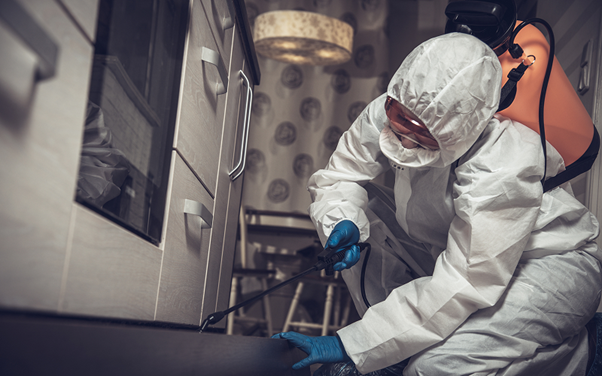
Comprehensive Mould Treatment Solutions for Singapore’s Humid Climate
High humidity and frequent rainfall in Singapore create an environment where mould growth can occur rapidly. Left untreated, it can damage building materials, reduce indoor air quality, and aggravate health issues such as respiratory irritation. This makes professional mould treatment solutions critical for both residential and commercial properties. Engaging specialists for mould treatment in Singapore ensures that the process addresses not just visible contamination but also the underlying conditions that allow mould to thrive.
Initial Assessment and Identification
Before any remediation work begins, a thorough site inspection is necessary to determine the extent and type of mould present. Professionals offering mould treatment solutions typically use moisture meters, infrared imaging, and laboratory testing to identify affected areas and specific mould strains. This diagnostic step is essential in Singapore’s context, as many infestations occur in concealed spaces such as behind walls, under flooring, or within HVAC systems. Accurate assessment allows for a targeted treatment plan, avoiding unnecessary disruption and cost.
Removal Techniques Tailored to Severity
Mould treatment in Singapore generally combines physical removal with antimicrobial application. In cases of minor surface mould, cleaning with approved biocides may be sufficient, followed by sealing surfaces to prevent regrowth. For more severe contamination, affected porous materials like drywall or insulation may require removal and safe disposal. Negative air pressure systems and HEPA-filtered vacuums are used to prevent spores from spreading during treatment. This process is carried out in compliance with health and safety standards, especially in occupied buildings.
Moisture Control as a Core Strategy
Since mould cannot survive without moisture, an effective mould treatment solution must address water intrusion and humidity sources. Technicians identify and repair leaks, improve ventilation, and may recommend the installation of dehumidifiers in high-risk areas. In Singapore, where condensation is common in air-conditioned environments, proper airflow management is crucial. Without addressing these conditions, even the most thorough removal efforts can result in recurrence within weeks.
Preventive Coatings and Long-Term Protection
Post-remediation, some service providers apply anti-mould coatings or encapsulants to treated areas. These act as a barrier against future spore settlement and growth. In settings such as healthcare facilities, schools, or food processing plants, preventive treatments form part of a broader hygiene management plan. Property owners in Singapore benefit from scheduling periodic inspections, especially during monsoon seasons when moisture levels peak.
Safety and Containment Measures
Handling mould requires strict adherence to safety protocols to protect occupants and workers. Mould treatment in Singapore involves setting up containment barriers, using personal protective equipment, and ensuring that air handling systems are not contaminated. Waste disposal follows guidelines for hazardous materials, ensuring that removed items do not reintroduce mould spores into the environment. This professional approach reduces health risks and ensures that remediation meets regulatory expectations.
Integration with Broader Building Restoration
Mould problems rarely exist in isolation. They often accompany water damage from leaks, floods, or high humidity. Engaging a restoration company that offers integrated mould treatment solutions alongside structural drying, repair, and restoration ensures that all damage is addressed in a single workflow. This approach not only resolves the immediate issue but also improves the overall resilience of the property against future environmental challenges.
The Role of Documentation and Reporting
Professional mould treatment services in Singapore typically provide detailed reports on findings, remediation actions, and post-treatment testing results. This documentation is valuable for insurance claims, compliance audits, and future property transactions. It also serves as a baseline for monitoring indoor environmental quality over time.
Why Expert Intervention is Essential
While small patches of mould can be treated with over-the-counter products, large or recurring infestations require expert intervention. Professionals have the tools, expertise, and safety measures to ensure that remediation is thorough and lasting. Attempting removal without proper containment can inadvertently spread spores, worsening the problem. In Singapore’s climate, where mould can develop quickly, timely and skilled intervention is key to maintaining healthy and safe interiors.
For professional mould treatment solutions that address both removal and prevention, contact BELFOR for expert mould treatment in Singapore tailored to your property’s needs.





